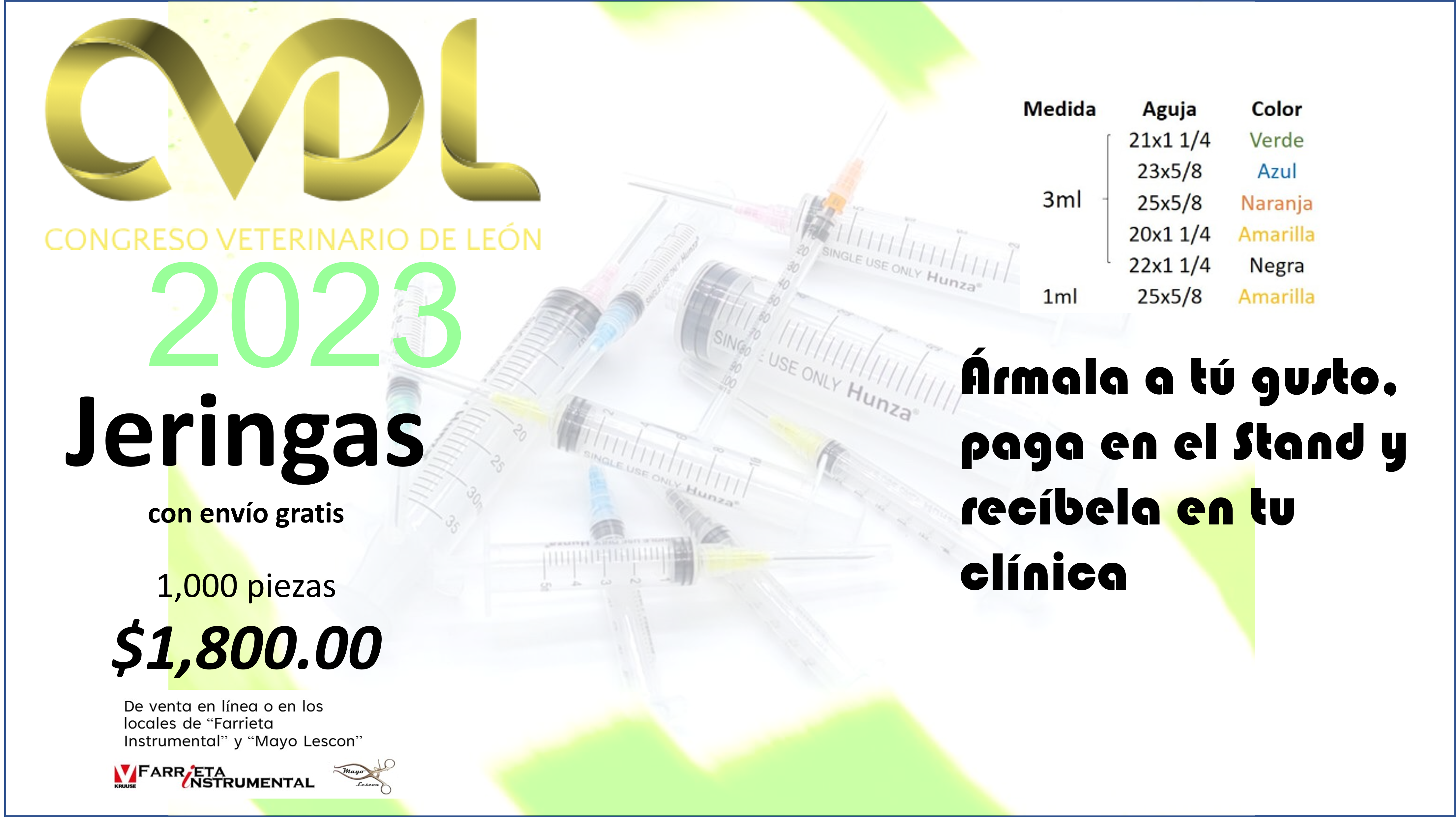Mechanisms of action, Equine hoof anatomy
The anatomy of the hoof and its mechanisms of action impart unique abilities to the horse
Tough and resistant yet malleable and elastic; hard like rock yet full of life and cellular activity; streamlined and compact yet able to withstand and cushion massive forces, the equine hoof is an incredibly complex structure. It supports up to three times the horse’s weight yet is light enough to allow swift strides at a full gallop. Packed with several soft tissue types and an impressive network of blood vessels, it’s the fruit of millions of years of unique evolutionary design.
No other animal walks on a single digit, or toe, making the equine hoof a truly exceptional piece of anatomy. In this article we’ll explore the inner workings of this special body part.
Function 1: Shock Absorption
If you didn’t have shock absorbers on your car, you’d be in for a jarring ride. In fact, you’d probably step out of that car feeling pretty sore, with your body having taken on many of the forces of contact with the road. Your engine probably wouldn’t last very long, either, rattling from all the uncontrolled strain and eventually cracking and falling apart. In the event of an accident, your car’s design allows it to absorb much of the shock of impact—so your body doesn’t have to. It takes a lot of energy to crush metal and, as the laws of physics tell us, the energy (force) from any kind of impact must go somewhere and do something.
In horses the concept is similar, says Stephen O’Grady, DVM, of Virginia Therapeutic Farriery, in Keswick. The weight of the horse (and of you and your equipment) and the forces produced by his muscular effort create a substantial impact when the foot strikes the ground. When a horse pushes off the ground at a gallop, for instance, he bears as much as 2.5 times his body weight on the toe. Without shock absorption, that much force could easily snap bones, dislodge ligaments, rattle vertebrae, and shake up internal organs. (It would be a pretty painful experience for the rider, as well.)
While the musculoskeletal system is designed to absorb some of that shock—mainly through the stretchiness (elasticity or flexibility) of soft tissues and the movement of bones in the joints—a great deal of shock absorption happens in the hoof itself. Although it’s hard to the touch, the hoof capsule is made up of viscoelastic materials that allow it to deform under remarkably high pressure. Inside, soft tissue allows the hoof to change shape when it strikes the ground, spreading out, then rebounding, in a process that expends a great deal of energy and leaves little to jar the rest of the horse’s body. This article continues in the November 2020 issue of The Horse: Your Guide to Equine Health Care. Subscribe now and get an immediate download of the issue to continue reading. Current magazine subscribers can access the digital edition here.




Comentarios
Publicar un comentario